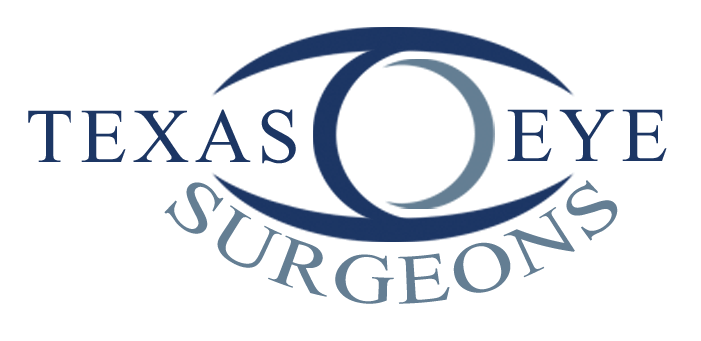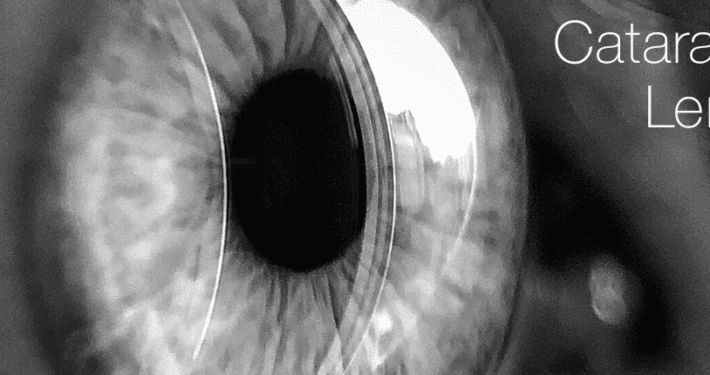Cataract Treatment Plano, TX
By Our Ophthalmologist in Plano
By the time we reach the age of 80, more than fifty percent of people living in the United States will have a cataract or surgery to remove it. Cataracts affect the clear lens of the eye by clouding it and blocking the way light enters the retina. Once the cloud in the lens grows, vision can be impaired. While most mild cataracts can be fixed with corrective eye wear, severe cases will need cataract surgery. At Texas Eye Surgeons in Plano, our eye surgeon has years of experience in restoring sight to patients who have cataracts.
What Are the Signs Of Cataracts?
Cataracts start out small, and may not show symptoms at first. As it begins to grow, you may experience blurry or cloudy vision. Glare from sunlight or headlights of oncoming cars at night can become a problem. You might start seeing halos around street lights and lamps. Double vision can occur as well, but usually in one eye. Frequent prescription changes in eyewear can also be a sign of cataracts.
What Does An Ophthalmologist Have to Do to Diagnose Cataracts?
Unless your cataracts are advanced, diagnosis is a simple eye exam. Your eyes may have to be dilated for our eye doctor to see the lens and structures of your eyes. Our eye surgeon may measure how well you can see at a distance with a visual acuity test and may use an instrument like tonometry to see the pressure in your eyes.
What to Expect During Cataract Surgery?
Your eye surgeon will numb your eye first, and then give you an injection of an anesthetic. You won’t be able to see anything that is going on during the procedure. A laser is then used to create an opening in the corneal tissue so that the lens capsule can be accessed. Afterward, we break down the lens in order to remove it and replace it with an artificial one. Once the surgery is completed, our eye surgeon will want to monitor your eyes in case there are any complications that need to be addressed.
Don’t Put Off Treatment for Cataracts. Call Texas Eye Surgeons Today!
Cataracts can make your life difficult. Request your appointment with our eye surgeon at Texas Eye Surgeons in Plano and the surrounding areas by calling (972) 379-3937 today!







